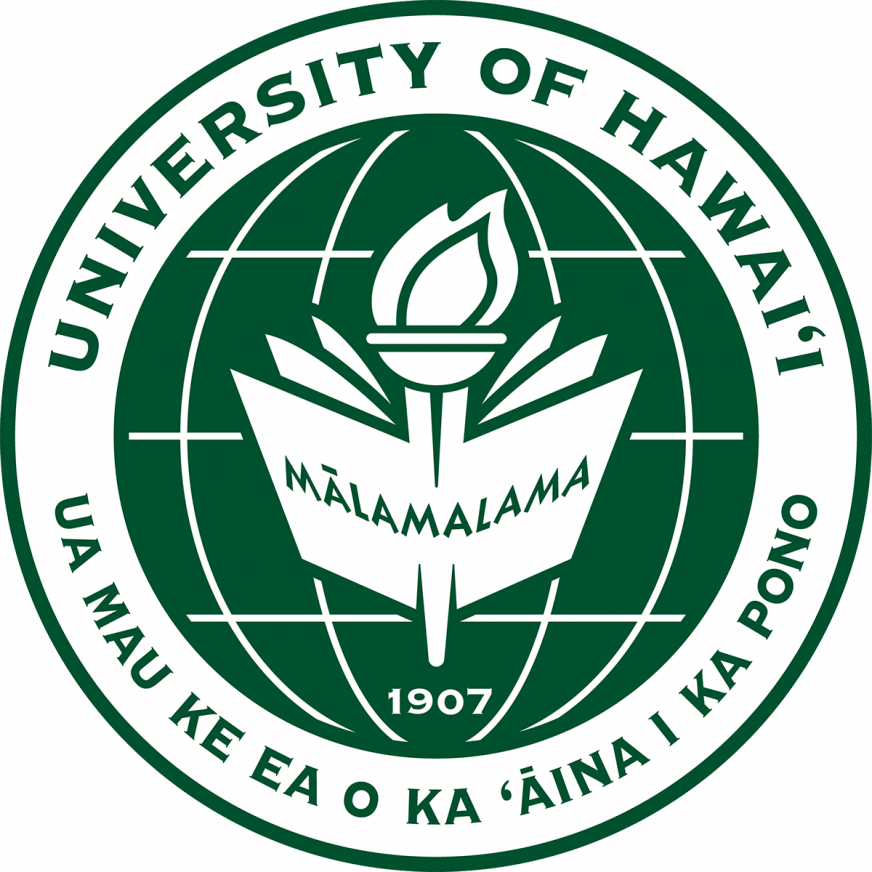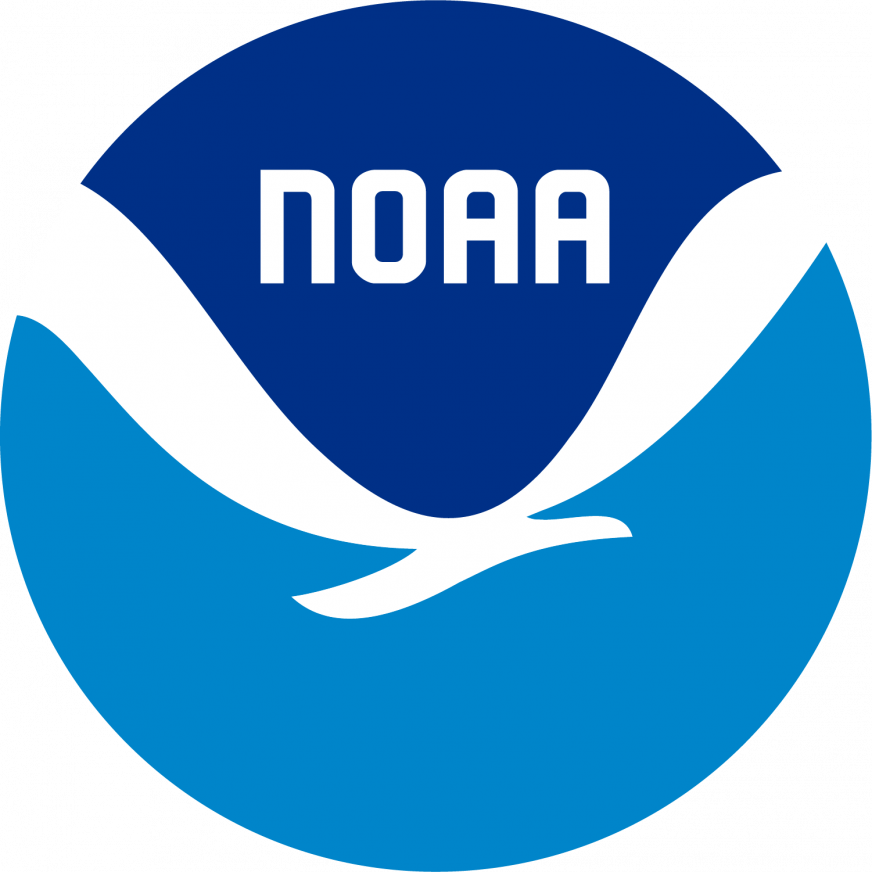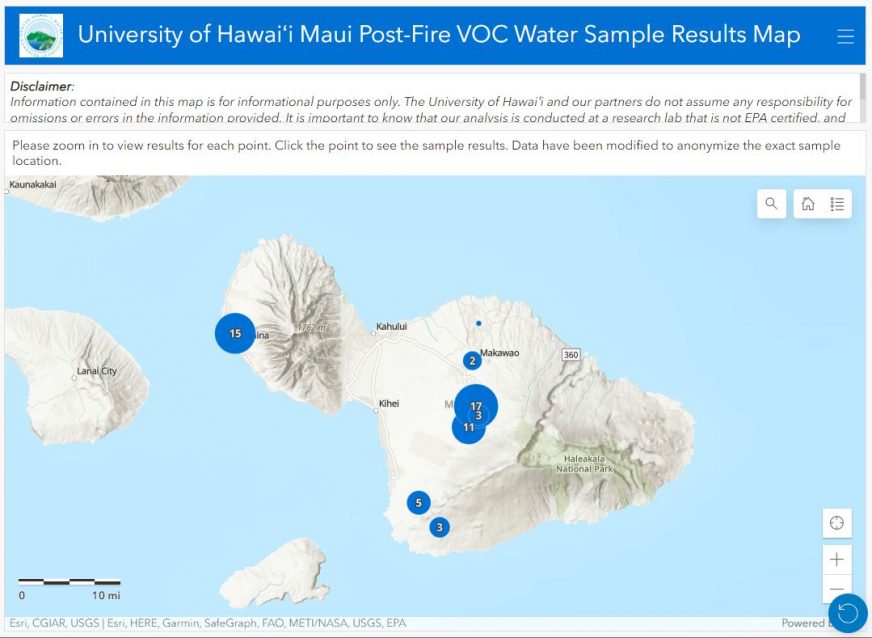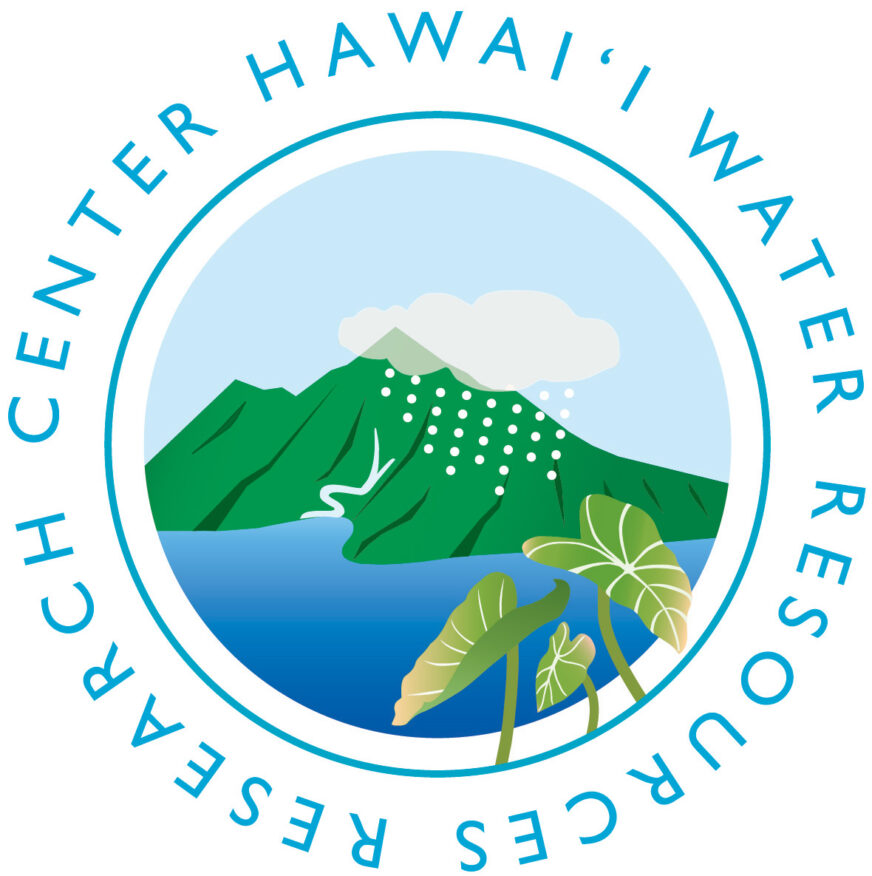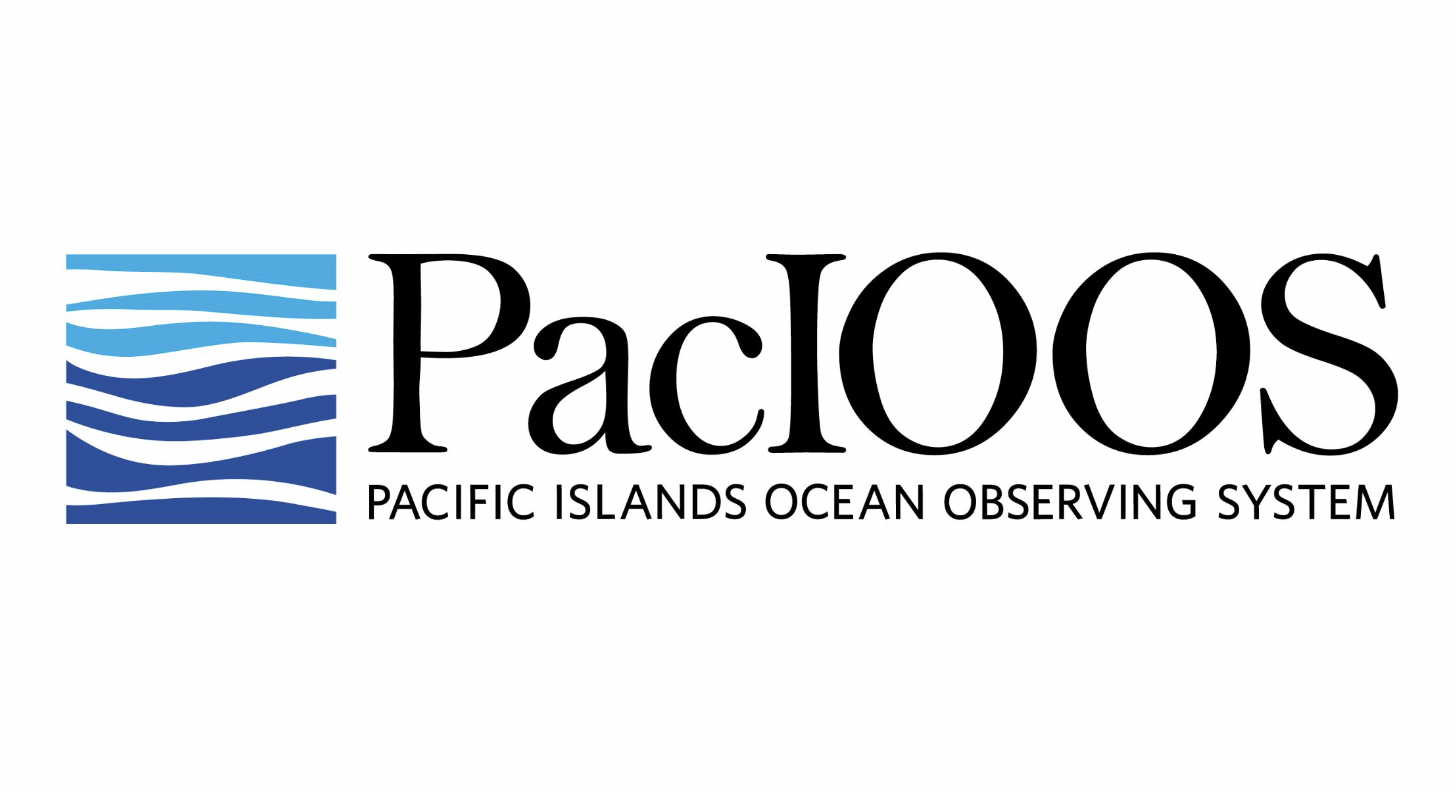Maui Post-Fire Community Drinking-Water Information Hub
This page is maintained by the University of Hawaiʻi at Mānoa Water Resources Research Center (WRRC) in partnership with University of Hawaiʻi Maui College (UHMC) and the College of Tropical Agriculture and Human Resources as a community information resource and hub to other relevant sources of information. It will be updated as frequently as possible to serve the rapidly changing needs of our community. While this page is not associated with the County of Maui Department of Water Supply (DWS) or the Hawaiʻi Department of Health (DOH), we are informed by these agencies and hope that our efforts support their important work.
Wildfires can damage buried drinking water systems, building plumbing, catchment systems, and private drinking water wells making them unsafe to use. This knowledge, which comes from research carried out on similar major urban-wildfire incidents, is the reason why the Lāhainā and Kula water systems were put under a Do-Not-Use Advisory by Maui DWS. While it is important to heed this advisory, many residents have come to us with questions and clarifications about the advisory and how to best keep their families safe. We hope this page helps inform our community as we navigate through these challenging times together.
Disclaimer: This page aims to provide the most current and reliable information available, but we cannot be held liable for its accuracy nor can we vouch for the safety of the water for drinking purposes. Our main goal is to centralize Maui water information in response to a community need.
If you have any questions, contact: infowrrc@hawaii.edu
VOC Water Sample Results from WRRC Testing
There are two main ways to access all water sampling results. Click on the map to the left to open an interactive map viewer where the results for each sample can be accessed by clicking on individual points. Where multiple samples are in close proximity, zoom in to see and click on individual points. Note that location data was anonymized for resident's privacy by moving points a random distance from the actual sample location.
Additionally, the links below will send you to a list of PDF's, you can click on them individually to open. Each PDF represents one sample at one location. An explanation of how to read the PDF's is posted here. The locations can be inferred as each sample is labeled with the street name, but the address numbers are omitted for resident's privacy.
Click for Kula Results in list format
Click for Lahaina Results in list format
Summary Tables
The summary tables summarize all the available drinking water sample data our team has taken from the Lahaina and Kula areas. Each sample was analyzed for over 75 distinct Volatile Organic Compounds (VOCs) using Gas Chromatography-Mass Spectrometry (GCMS). Only raw (unfiltered) tap water samples are included in the summaries below. These tables automatically update as more sample results are added to our database. Links to individual sample results and an interactive map that displays individual sample results are available above.
The tables display VOC levels for selected chemicals using a color-coded system: Red colors indicate concentrations exceeding EPA or Minnesota Department of Health safety limits (potential health risks). 'Detects' and 'Non-Detects' refers to the number of samples that have the given chemical at a detectable level. 'Health Limit' lists the minimum threshold in parts per billion (PPB) at which short-term or chronic exposure limits exist. See individual sample results at links above for additional information.
Maui Community Water Sampling Requests
The University of Hawaiʻi Water Resources Research Center (UH-WRRC) is partnering with teams at UH Maui College to set up a home tap-water sampling program, which will provide free non-regulatory water quality testing for volatile organic compounds (VOCs) to residents in affected areas.
It is important to know that these tests will NOT show if water is safe for use. DWS and DOH are also conducting regulatory level VOCs tests to determine if water is safe for use. Instead, WRRC tests will produce research quality, screening-level data that can be used by homeowners, DOH, and DWS to target regulatory level testing and to produce data that can expand our understanding of our water quality at a community level.
If VOC detections above regulatory limits are found data will be shared with DWS and DOH to aid in their regulatory-level testing efforts. Data generated by these tests will be made available to individual homeowners, and will be released on this web-page in a way that protects personal information.
March 2025: Due to the conclusion of the water advisories and the restoration, maintenance, and continued County testing, our program is no longer needed and we are not offering water testing at this time.
Maui county has posted an official
County Water and Wastewater Information Page
They include updates, links, and FAQs, too.
(Click link above to access)
While we will continue to post updates and FAQs to our information hub, we recommend accessing the official county site for up to date information, and if you have questions or would like to share updates that are not available there, please contact us directly at infowrrc@hawaii.com and we will continue to do our best to fill the gaps through our hub.
Am I inside of the Do-Not-Use Advisory Area? Visit the Water Advisory Address and Owner Name Locator for an interactive map of water advisories from the Department of Water Supply (DWS)
AND
Access DWS water sampling data directly on the map viewer. Zoom in and click on point icons to see lab reports from VOC tests conducted by the County at hydrants and water meters throughout the burn zones.
Maui Drinking Water FAQs
WRRC Maui Drinking-Water Updates
Maui DWS has posted results from their initial round of water system sampling on 8-14-23 HERE. Maui County has also issued a news release (sent to us over email) and included the following information on detections:
“One sample in Lāhainā collected from Kaniau Road detected 0.7 parts per billion of benzene, a byproduct of wildfires…. A sample collected from the Upper Kula Treatment Plant detected the presence of toluene and xylenes at a level less than 0.5 parts per billion. The maximum contaminant level for toluene is 1,000 parts per billion and total xylene is 10,000 parts per billion”. The other 25 samples did not show presence of VOCs above the lab’s detection limits, though the lab did note trace amounts (an amount below the detection limit) of some compounds in some of the tests.
There will be a community meeting about the water situation this Thursday, 8/24/2023 - 6:30 to 8:00 pm, at the Kula Community Center. UH scientists and DWS staff will be there. Please see this LINK for more information.
Dr. Whelton and UH-WRRC were able to help facilitate the arrival of a team of drinking water utility leaders who managed their utilities through the Paradise, CA, and Boulder, CO fires. These experts will assist Maui DWS this week to inform our response to the fire impacts on Maui.
UH-WRRC, including Dr. Whelton, met with residents and took additional VOC and SVOC samples in the Upper Kula water system area.
UH-WRRC met with the DWS Director John Stufflebean to share information and learn about the water department's response to the fires.
- « Previous
- 1
- 2
- 3
- 4
- Next »
This is a collaborative initiative between the University of Hawaiʻi at Mānoa WRRC in partnership with the University of Hawaiʻi Maui College, PacIOOS, and the College of Tropical Agriculture and Human Resources
Funding for this project was provided by UH Mānoa, Ulupono Initiative, the National Science Foundation and NOAA

